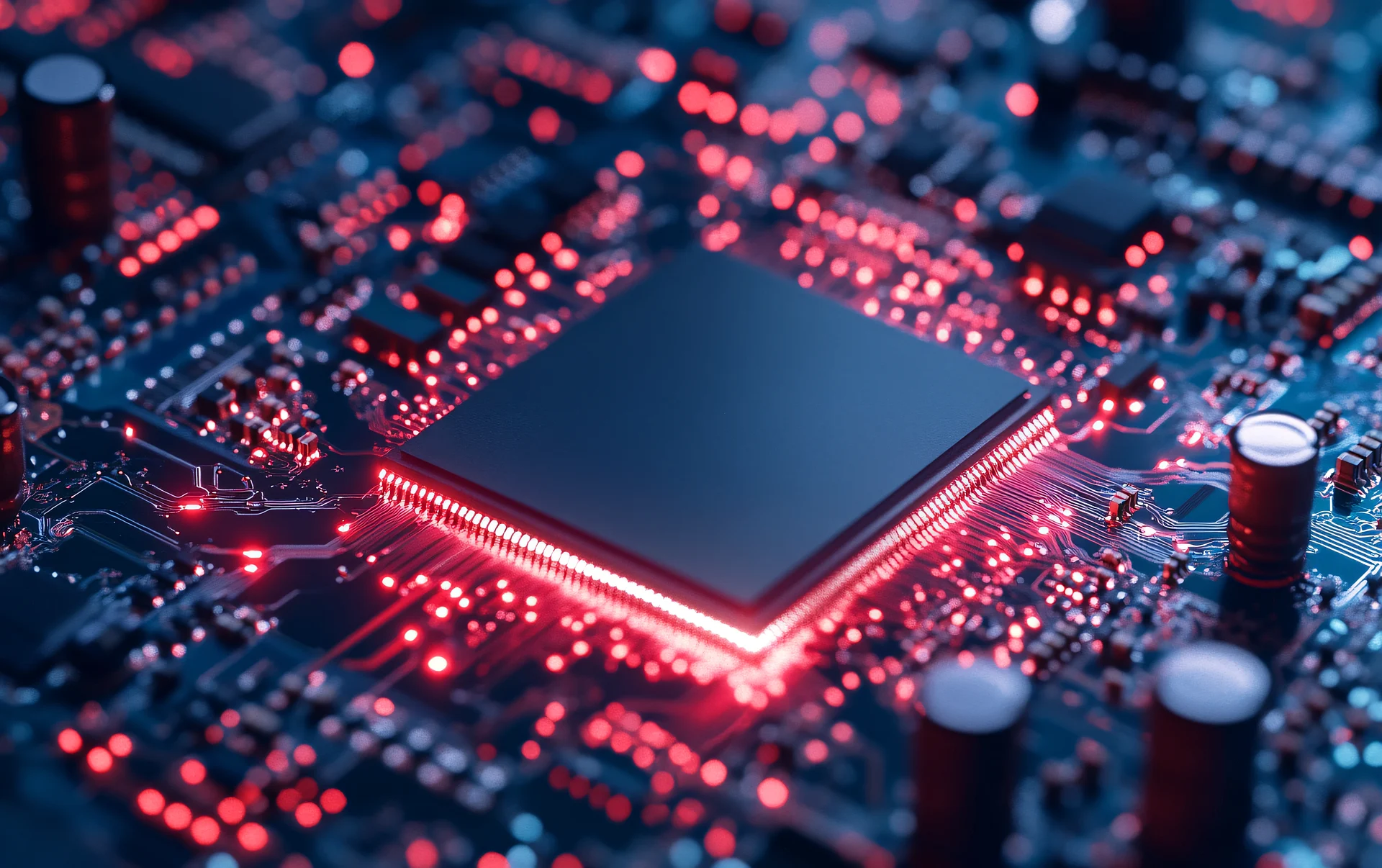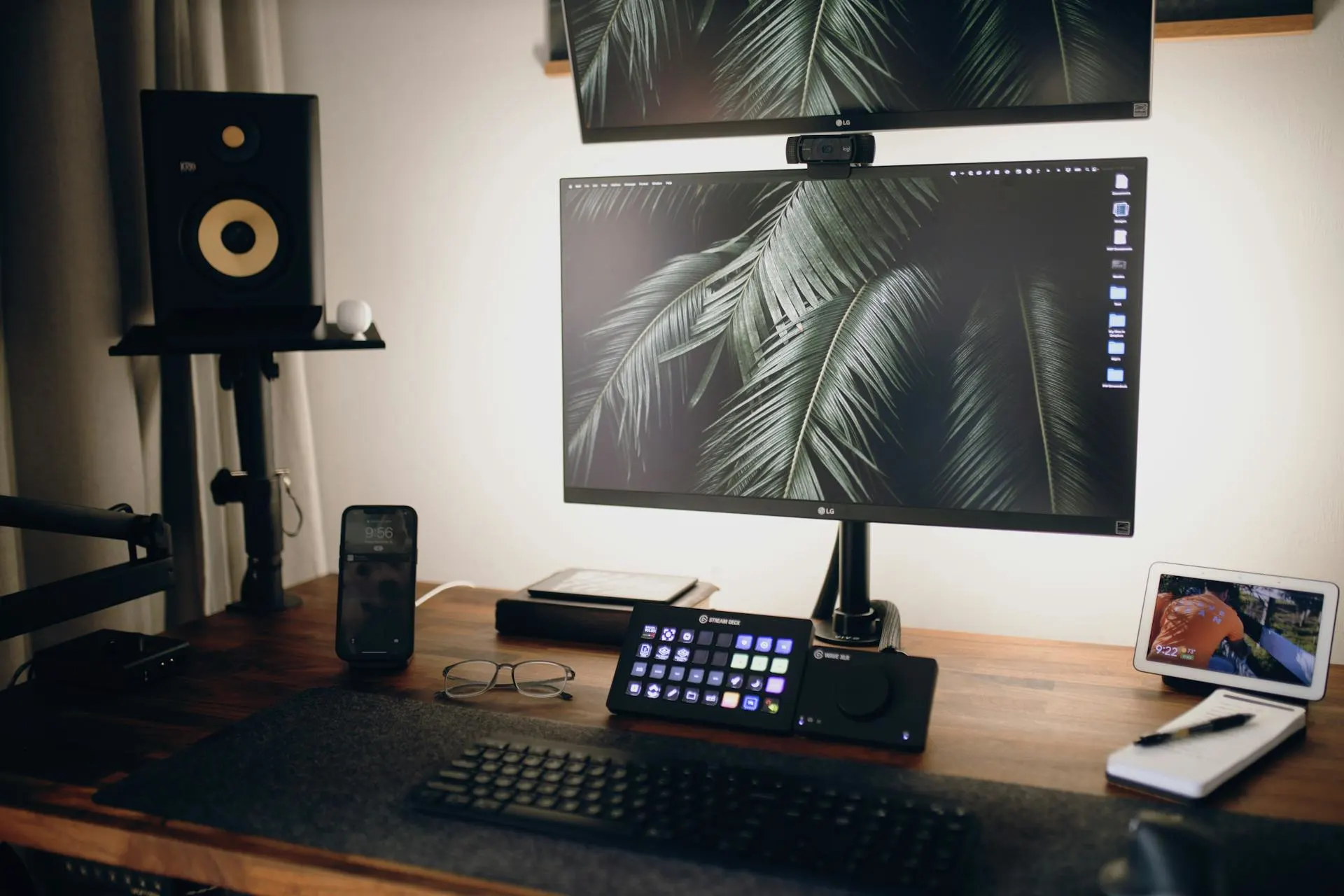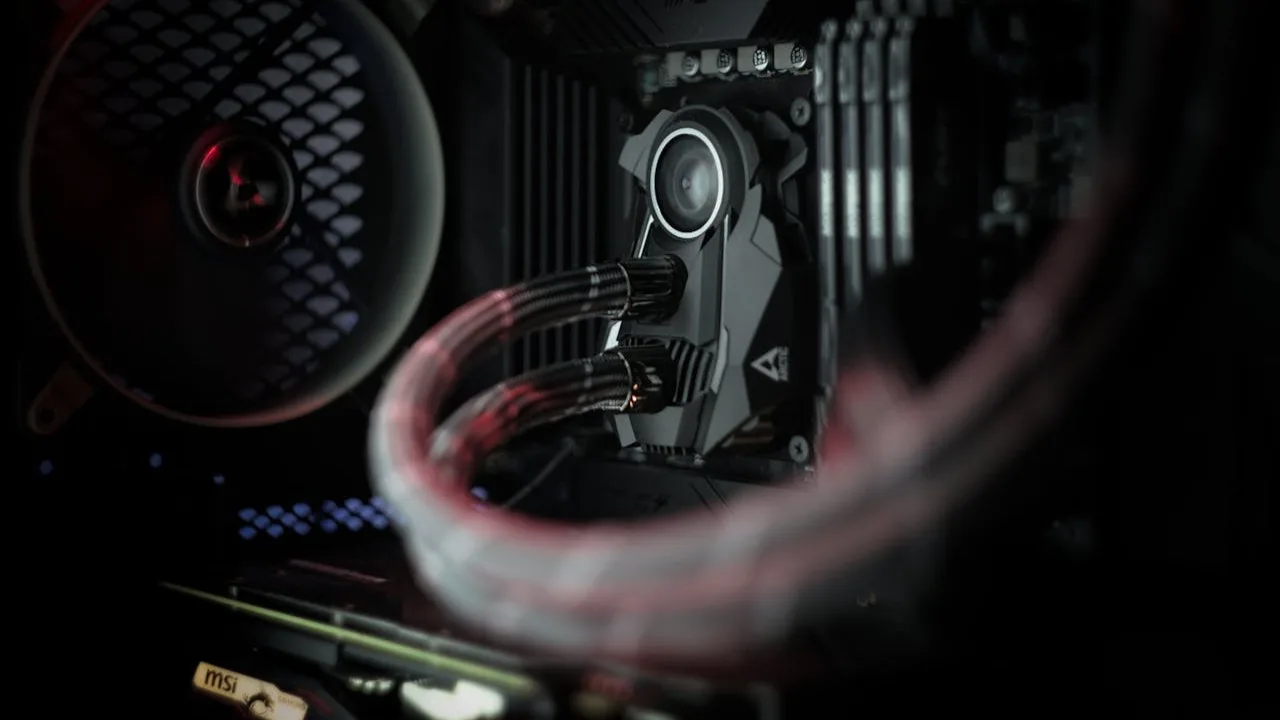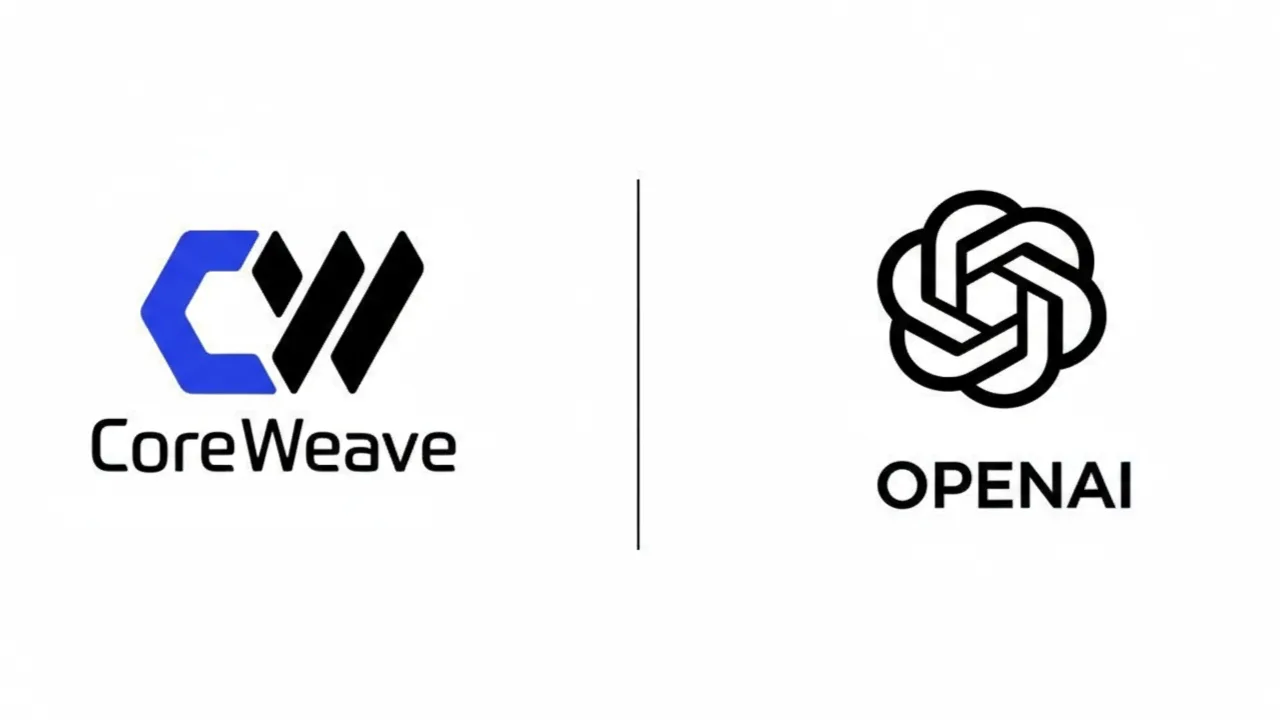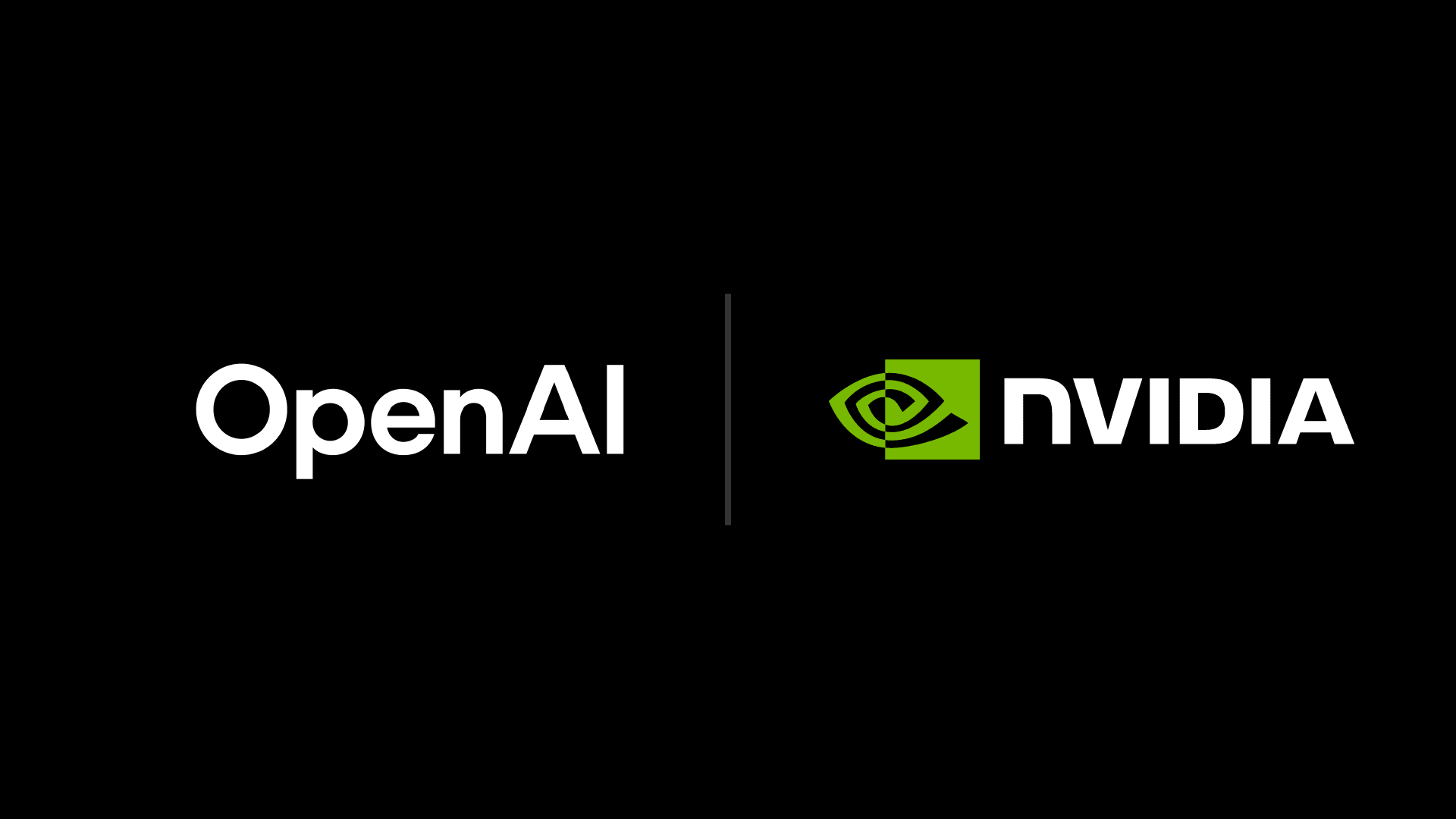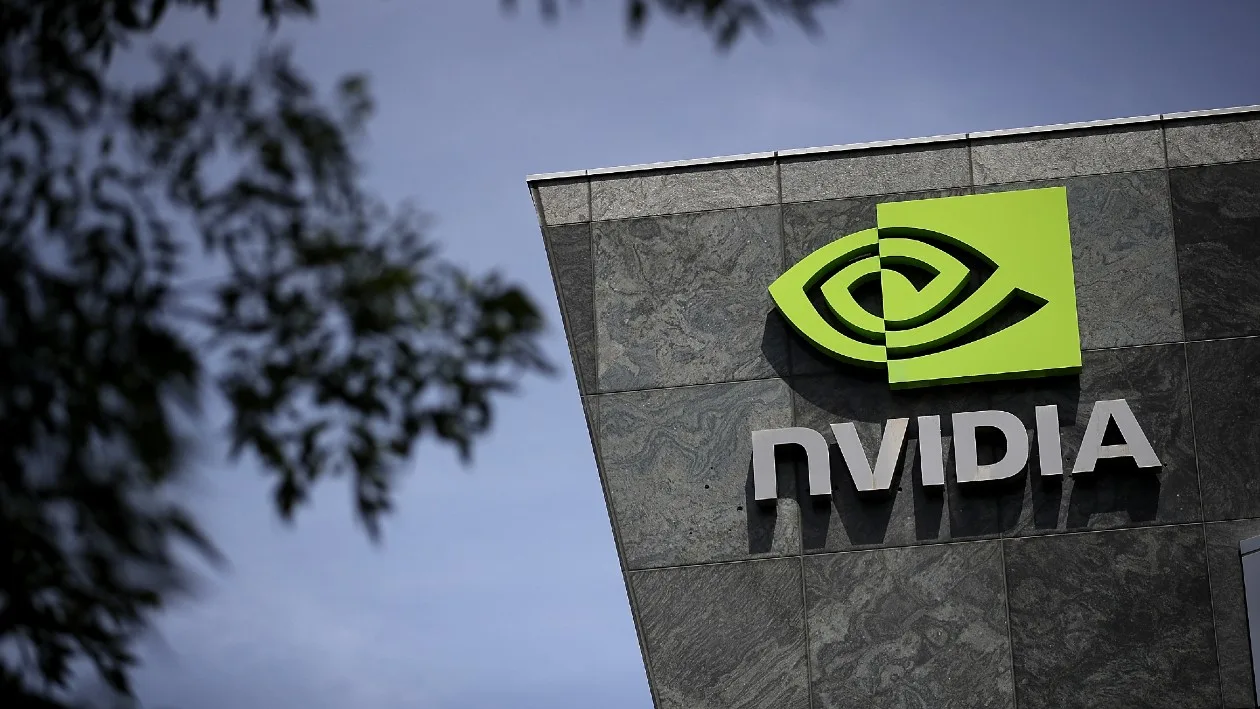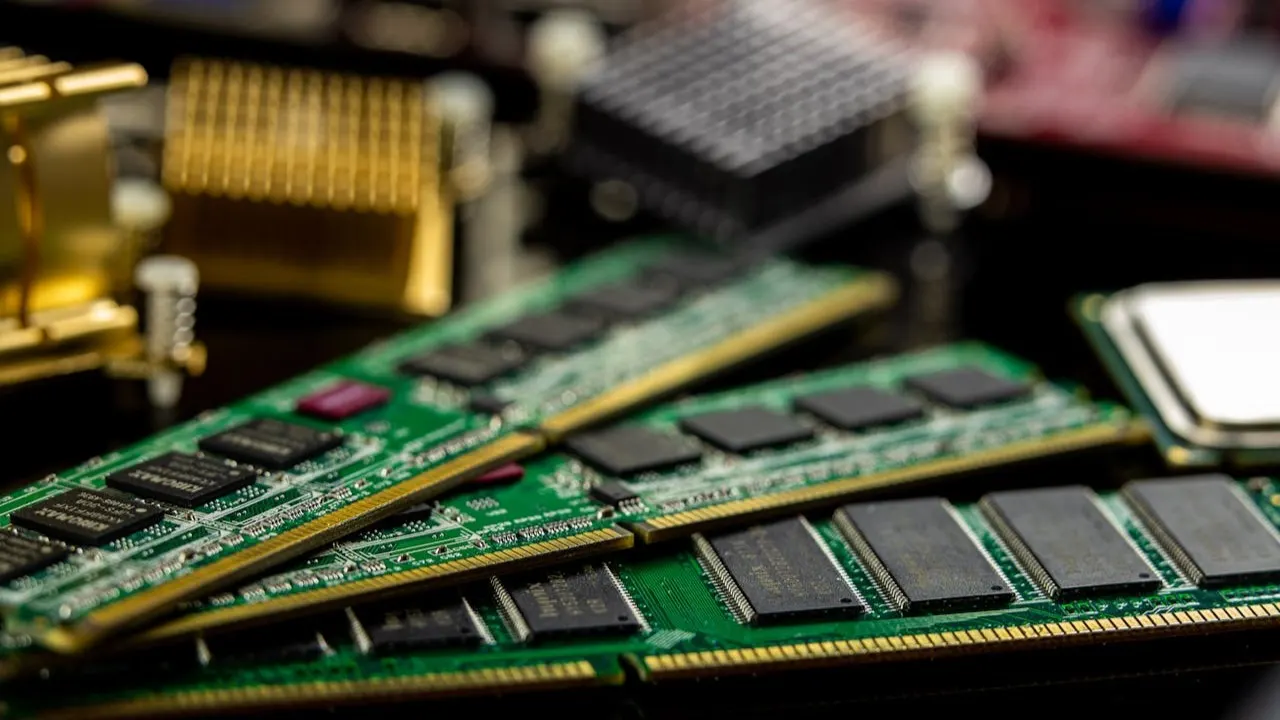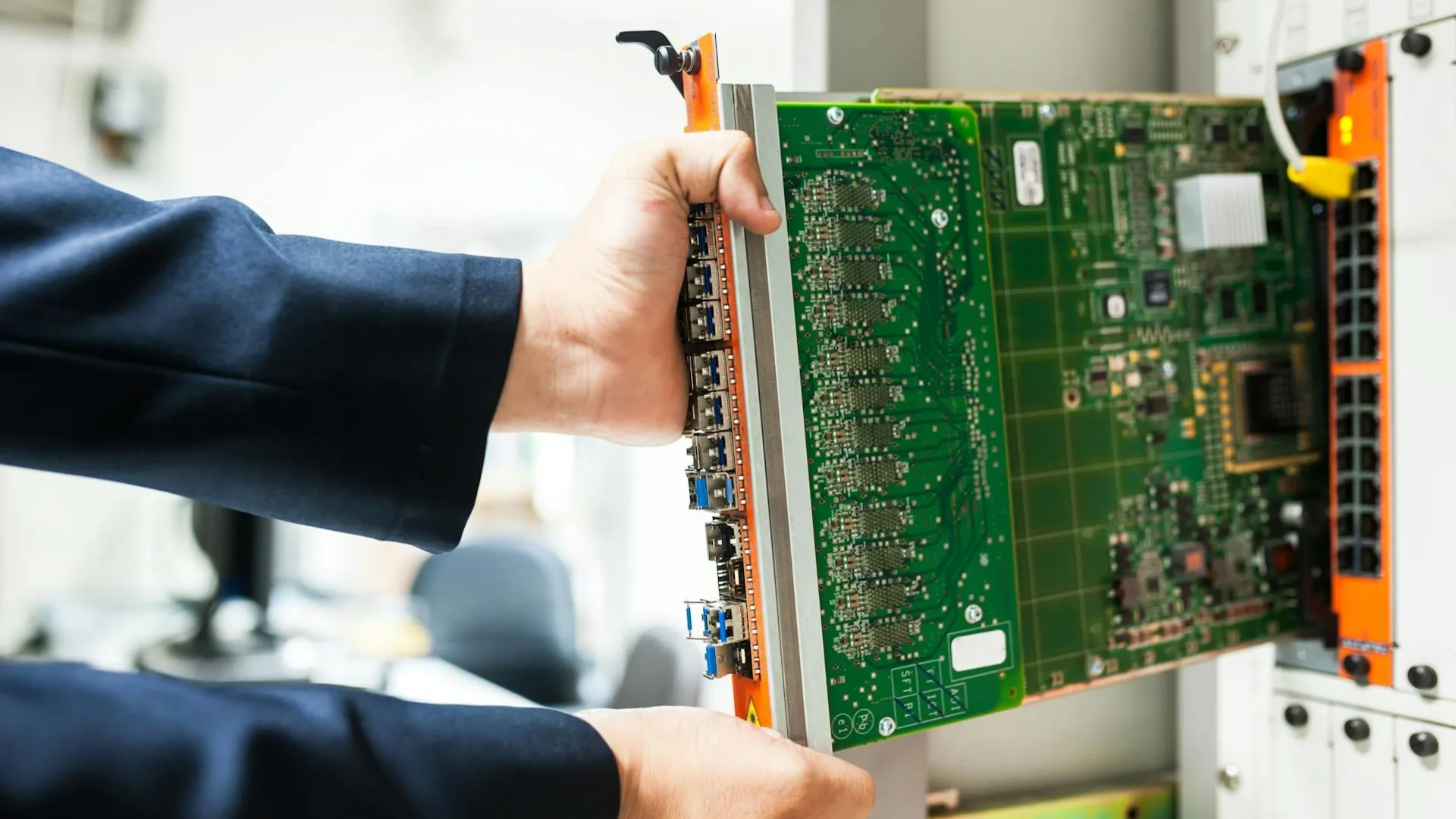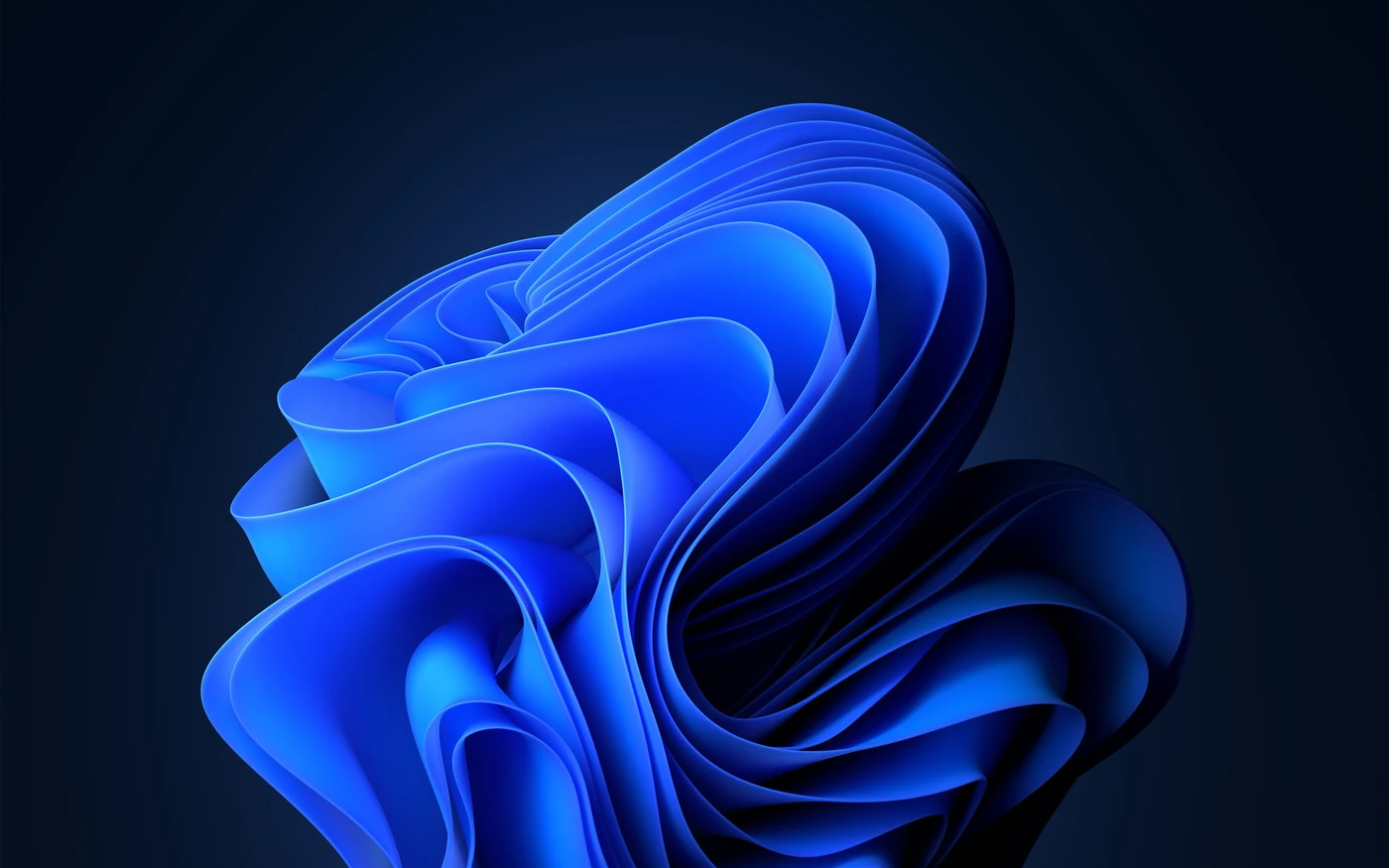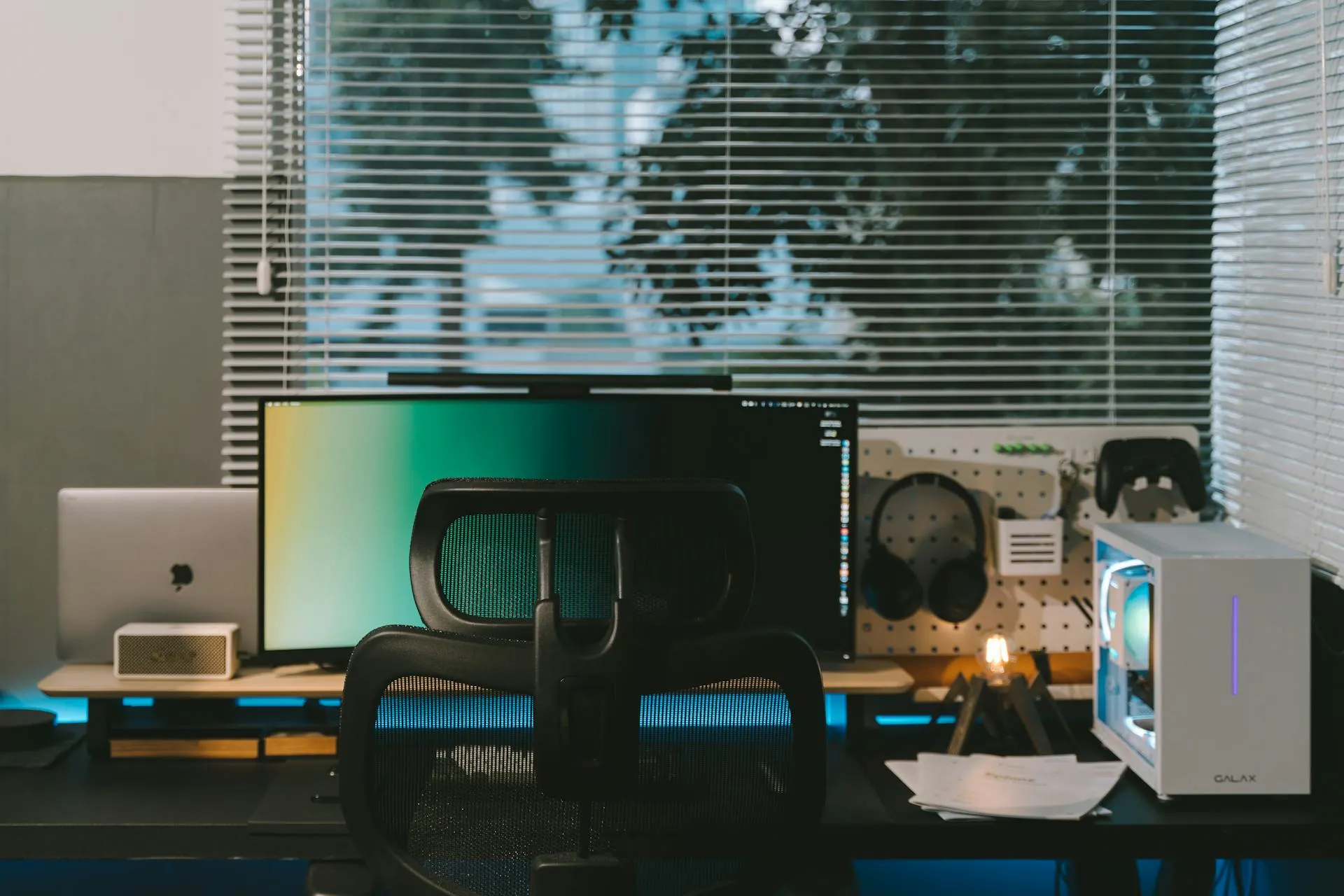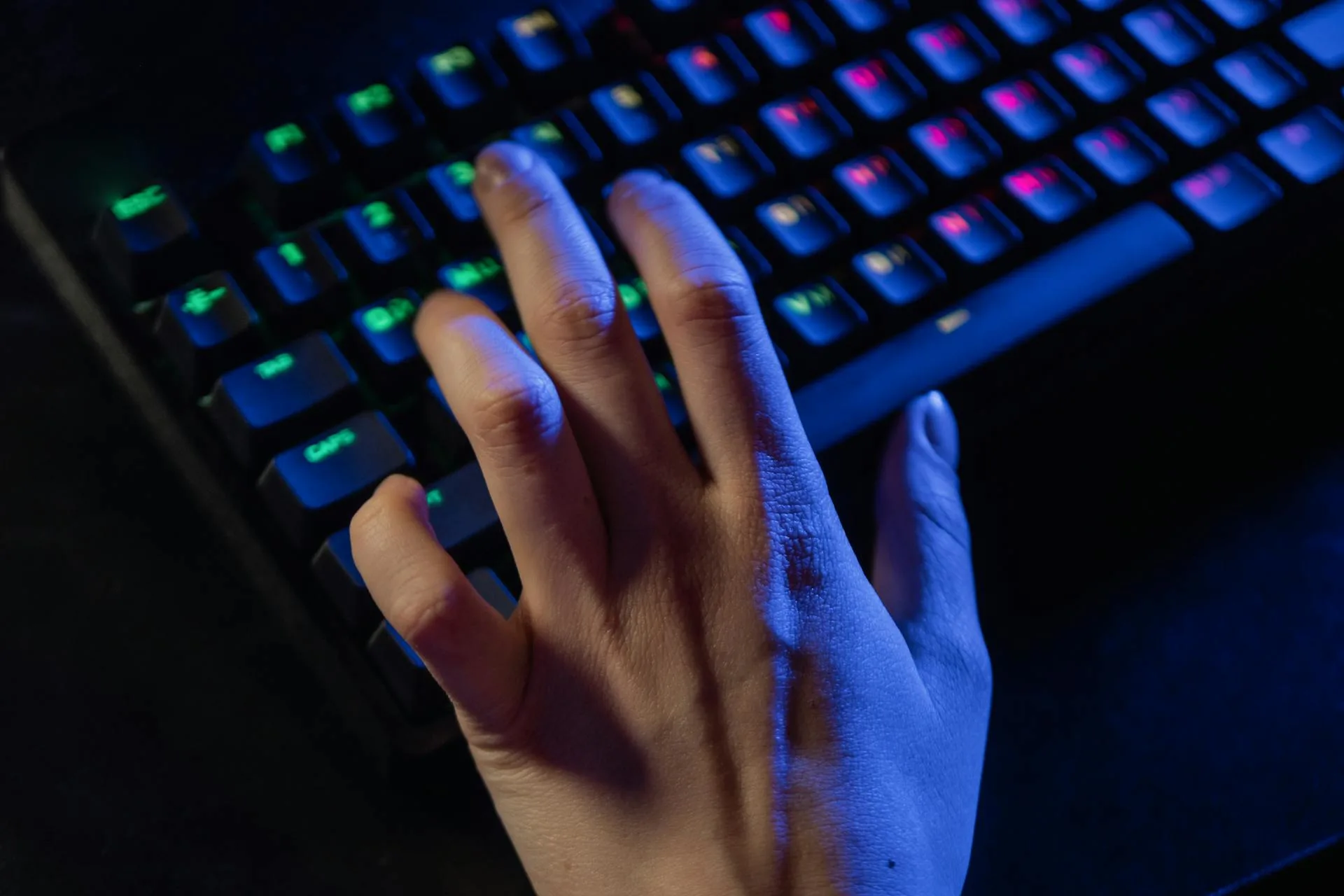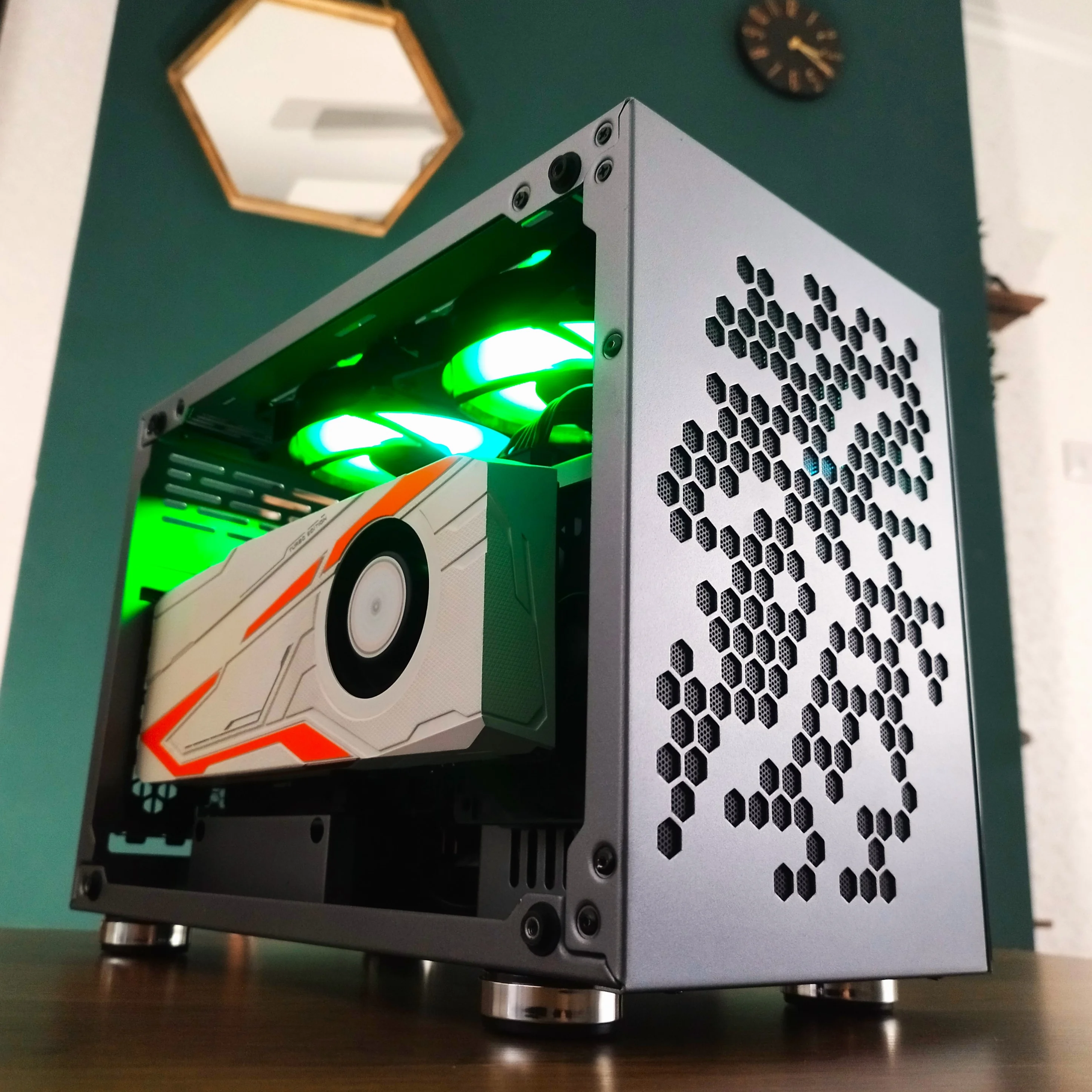"As developers and content creators, we're witnessing a paradigm shift in how visual content is produced. AI image generation has evolved from experimental technology to an essential tool that's revolutionizing product visualization, website imagery, and design conceptualization across the tech industry."
From a developer's standpoint, AI image generation represents one of the most significant breakthroughs in creative workflow optimization. What once required expensive photoshoots, professional photographers, and extensive post-processing can now be achieved through carefully crafted prompts. This technology has democratized high-quality visual content creation, allowing small development teams and startups to compete visually with industry giants.
The implications extend far beyond cost savings. AI-generated imagery offers unprecedented creative control and iteration speed. Need a product shot from a specific angle? A futuristic environment for your tech showcase? Or perhaps conceptual designs that push the boundaries of current manufacturing? These can all be generated, refined, and perfected in minutes rather than weeks.
Intellectual Property Revolution
Perhaps the most remarkable aspect of AI image generation from a business perspective is the intellectual property framework. When you craft a prompt and generate an image, you become the owner of that unique visual asset. This represents a fundamental shift in how we approach content creation and brand development. Unlike stock photography with licensing restrictions, AI-generated images provide complete ownership and unlimited usage rights.
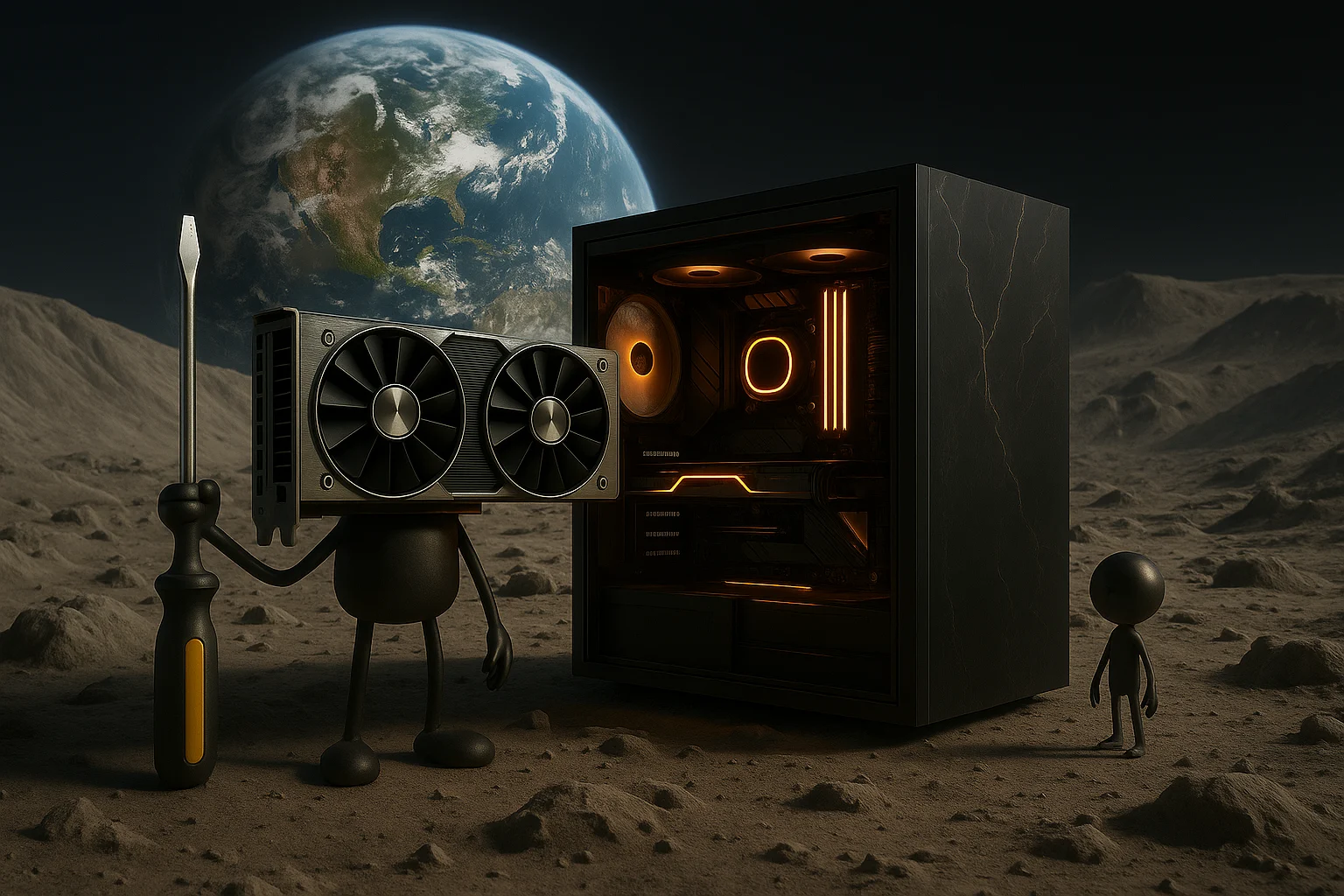
AI-generated product imagery allows for perfect lighting, impossible angles, and conceptual designs that inspire real-world innovation.
This ownership model has profound implications for startups and established companies alike. Every generated image becomes a unique asset in your intellectual property portfolio. For tech companies developing products, this means building a library of proprietary visual content that can be used across marketing materials, documentation, and product presentations without ongoing licensing fees or attribution requirements.
"AI image generation has fundamentally changed how we approach product development. The ability to visualize concepts before they exist physically has accelerated our design process by months, and the unexpected variations often lead to breakthrough innovations."
- Rohan Kumar, Co-Founder at JNXPC Limited
One of the most fascinating aspects of AI image generation is the concept of "beautiful mutations" – unexpected variations that emerge during the generation process. These aren't errors; they're creative interpretations that often surpass our original vision. In product design, particularly for PC cases and hardware, these mutations have led to revolutionary concepts that challenge traditional manufacturing constraints.
Inspiring Innovation in PC Case Design
The PC case industry has been relatively conservative in design evolution, largely constrained by manufacturing limitations and cost considerations. AI image generation is changing this paradigm by allowing designers to explore impossible geometries, organic forms, and hybrid materials without the immediate concern of production feasibility.
We've seen AI generate PC case concepts featuring flowing, organic curves that mimic natural forms, integrated cooling channels that follow fractal patterns, and modular designs that adapt to component configurations. While not all of these concepts are immediately manufacturable, they serve as inspiration for incremental innovations that push the industry forward. Some of these "impossible" designs have already influenced real products, with manufacturers finding creative ways to approximate AI-generated aesthetics using current production methods.
For developers and designers in the PC hardware space, AI image generation represents an unlimited sandbox for experimentation. The ability to rapidly iterate through hundreds of design variations, explore unconventional materials and finishes, and visualize products in various environments has fundamentally changed how we approach product development. Each generated image becomes both a potential product direction and a piece of intellectual property that can guide future innovations.

